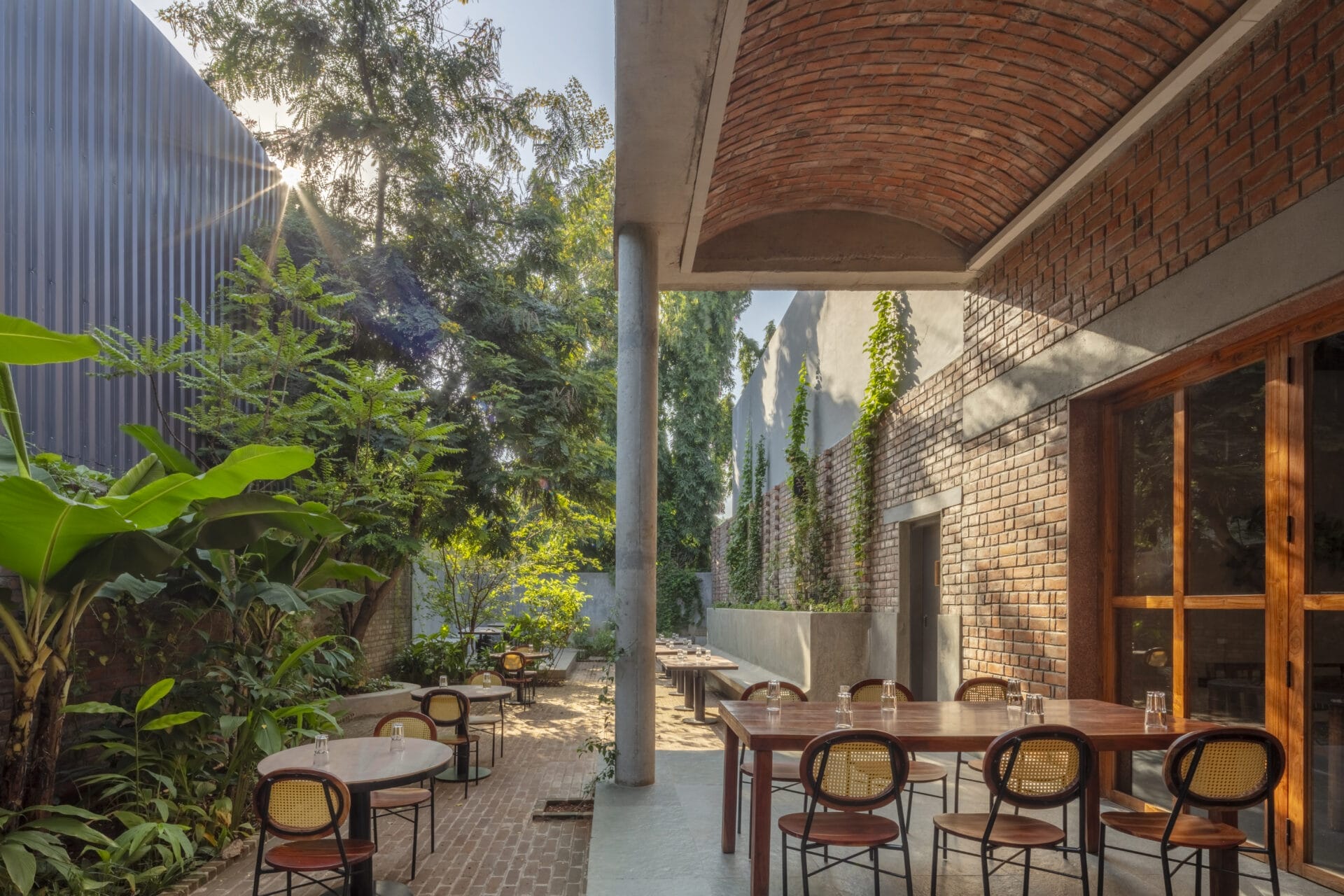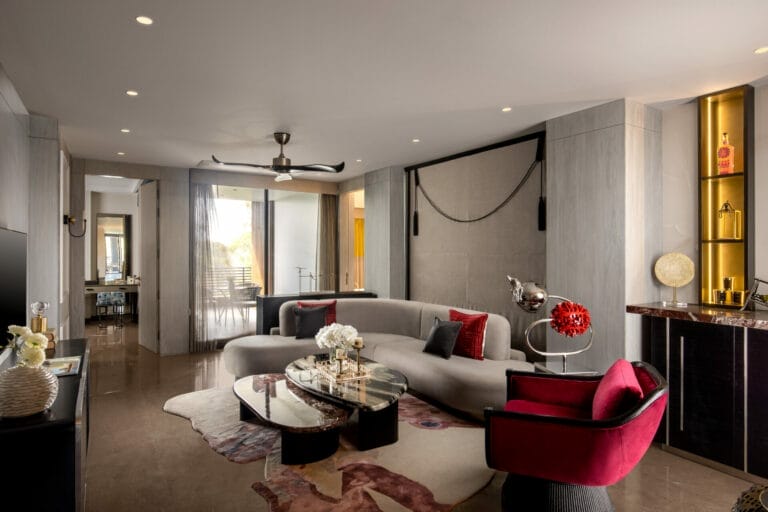Part of East Delhi’s highly competitive healthcare hubs is the new addition to Max Healthcare’s lineup for Super Speciality hospitals. Located in Vaishali, Uttar Pradesh, this functional extension of the existing block is a seamless addition to the highly responsive healing environment. CDA keenly persevered to create this project deemed to explore beyond the horizons of patient care and the rewarding satisfaction that follows through their Evidence-Based Design approach. With India’s rapidly changing contemporary healthcare scenario, this new hospital is sure to emerge as a pioneer.

The planning and interior design rely heavily on principles of ‘Evidence-Based Design’ that have resulted in robust outcomes that are responsive and responsible. At the crux of this principle lies the patient’s sense of comfort, achieved by designing to enable functional convenience and ease of access. This new wing was required to be an ally to its predecessor built back in 2008 with a 200-bed capacity and a basement pedestal on a two and a half acre rectangular tight site. The basement housed two structural shells for its LINACs, and some support services spilled out of its initial block. The plan for the future expansion laid out in the master plan posed several design challenges with the limited space available on the basement pedestal. One of these challenges was the inability to meet the anticipated built-up area due to insufficient parking space on site. The master plan fell short of providing guidance other than the mere extents for the upcoming build. It dispelled the possibility of taking the parking below grade due to the limited single basement level. These constraints led to creating a mixed-use tower that accommodates the parking on the lower floors and the hospital above. The client could utilize the maximum FSI and add over 150 beds in the 145,000 sq. ft built-up area now available.

The planning of this mixed-use tower is such that the ground level houses the entrance lobby, examination pod, and allied services, followed by five floors of parking, above which the hospital begins from level six. The alignment of the new building is such that the south facade is almost entirely deprived of daylight due to the older block’s shadow. Therefore, the internal zoning was guided by this factor, and the circulation cores found their place adjacent to the southern facade. The east, west and north facades are left to maximise natural daylight conditions allowing penetration into the interior spaces. The hospital on level six consists of outpatient pods, followed by two floors of in-patient rooms. The critical care units and operation theatre belong on the top floor, strategically utilising the flexible headroom to augment the HVAC systems. This new block needs to serve as an extension to the older block functionally was not overlooked by the designer and was provided for by seamlessly connecting each level through ramped bridges and maintaining a choreographic flow of services.

The evidence-based design approach incorporated identical ‘examination pods’ on the ambulatory floor, standardized pods equipped with five exam rooms each, one consultancy room and support services to promote simpler way-finding for the patients and streamlined staff operations. This well-informed design approach also dictated the stimulating colour palette for the interiors, primarily using earthy tones articulated well by the ample natural light flooding the spaces. The exterior façade design attempts to exhibit the transparency of the building volume. The parking floors are clad with white cardiographic louvres, followed by a unitised curtain wall for the ambulatory floors and large punched windows for the in-patient floors above.
Max Super Specialty hospital is a project that reflects the success of the Evidence-Based Design approach taken by CDA to foster an environment that accelerates the healing process. This direction of design thinking strongly advocates the redefining of healthcare architecture and composes volumes with empathy towards the cause of the well-being of the ailing patients.
Architect name – Mohanbir Singh , Maninder Kaur
Firm name – CDA Architects
Location – Vaishali, Uttar Pradesh
Size – 1,50,000 sq.ft.
Photo credits – Studio Noughts and Crosses





















